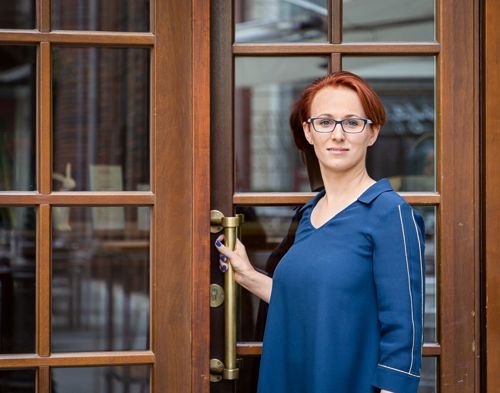A downtown location or one in a historic or governmental district generally means a building on a smaller plot, which can mean problems when it comes to parking and deliveries. A different approach to security is also needed, but this can more difficult to provide due to the heavy pedestrian traffic and the potential for unwanted intruders. So why are office buildings even built in locations where operating them – from the owner’s point of view – can be somewhat problematic?
“From talking to our tenants, we know that choosing our building for their offices was influenced by its prestigious location, close to historic monuments, state institutions, courts and ministries,” explains Maksymilian Marcinkowski, the CEO of Senatorska Investment, the developer and owner of the Plac Zamkowy – Business with Heritage building, which is just off pl. Zamkowy in Warsaw’s Old Town. “The uniqueness of the building was also a significant factor – t































































